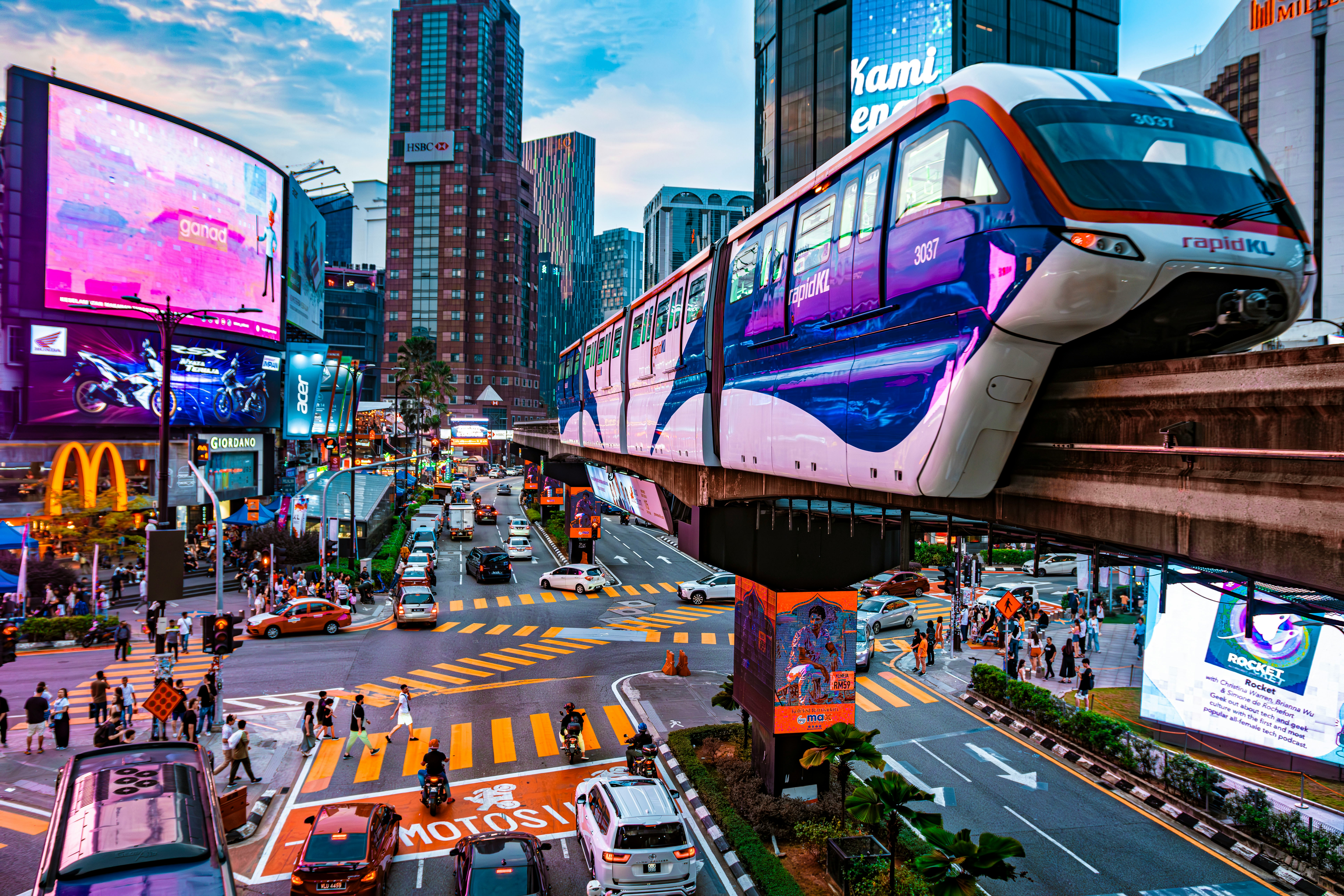
Smart cities are designed to improve life using digital tools. These cities collect and use data to make better decisions about traffic, safety, and energy. One central area that smart cities focus on is commercial transportation.
Commercial transportation involves moving goods by trucks, delivery vans, and other business vehicles. In busy cities, this type of transportation faces numerous challenges, including traffic congestion, limited parking, and air pollution. Smart cities use technology to solve these problems.
When cities become smarter, they help businesses move goods faster and more safely. This change is essential for companies, drivers, and customers. It also allows the environment by lowering emissions. Over time, smart cities will entirely reshape how goods are delivered in urban areas.
Using Smart Traffic Systems to Cut Delivery Times
Traffic is one of the biggest challenges for commercial drivers. Smart cities fight this problem with intelligent traffic systems. These systems use real-time data from sensors and GPS devices to monitor and manage traffic flow.
In a smart city, traffic lights can adjust based on vehicle movement. If sensors detect a delivery truck approaching, they might extend a green light to help it pass through faster. Navigation systems in the trucks also update automatically, guiding drivers to the fastest routes.
This reduces idle time, saves fuel, and ensures deliveries arrive on time. In cities like Los Angeles and Seoul, bright traffic lights are already helping reduce delays. As more cities adopt these tools, commercial drivers will face fewer slowdowns on the road.
Innovative Delivery Zones Will Make City Streets Work Better
Deliveries often cause problems in crowded cities. Trucks stop in unsafe spots or block traffic while unloading. To solve this, smart cities are creating innovative delivery zones.
These zones use sensors and apps to manage where and when trucks can park to unload. Delivery drivers can book a time slot in advance and get directions to the right loading space. This prevents double-parking and improves safety for everyone.
Some innovative zones even monitor how long a truck stays and send reminders when time is almost up. This keeps the process quick and fair. Businesses benefit because their goods are dropped off faster, and cities benefit from smoother traffic flow.
Cities like Copenhagen and London are leading the way with innovative loading systems. These ideas will soon become common in many urban areas.
Electric Vehicles Will Lead the Way in Clean Transport
Smart cities support green energy, and that includes clean transportation. Many commercial fleets are switching to electric vehicles (EVs). These vehicles create less noise and air pollution compared to gas-powered trucks.
To help, smart cities are building networks of EV charging stations. Some towns offer special lanes or parking spots just for electric delivery vans. These steps encourage more companies to make the switch.
Electric commercial vehicles are ideal for short trips within the city. They save money on fuel and reduce carbon emissions. As batteries improve and charging becomes faster, even larger trucks will go electric.
Smart cities also track pollution levels. If an area has poor air quality, the city can suggest or require that only electric vehicles be used there. This keeps neighborhoods cleaner and healthier.
Data Will Guide Better Routes and Smarter Decisions
One significant advantage of smart cities is their use of data-driven systems. Every sensor and connected device in the city collects valuable data. This includes traffic speeds, weather, road work, and even accident reports.
Logistics companies can use this data to plan better delivery schedules. They can avoid high-traffic areas, track shipments in real time, and react faster to unexpected changes. With innovative tools, they can even predict problems before they happen.
This data also helps reduce empty trips. Trucks can be loaded more efficiently, and return trips can carry goods instead of driving back empty. This saves time and money for businesses and reduces fuel use.
By working together with city planners, commercial transportation companies can use shared data to serve customers better. Everyone benefits from faster service, fewer delays, and safer streets.
Safer Roads with Connected Vehicles and Smart Signs
Smart cities are also making roads safer by using connected technology. Trucks and delivery vehicles can now “talk” to traffic signs, crosswalks, and even other cars.
This is known as Vehicle-to-Everything (V2X) communication. For example, if a delivery truck is speeding toward a red light, the system can warn the driver to slow down. If there’s a pedestrian crossing ahead, a signal can be sent to the vehicle to be extra cautious.
Bright road signs can change messages based on traffic, weather, or emergencies. This helps drivers make safer choices. Cameras and sensors also help monitor driver behavior and can alert companies about unsafe driving. All of this makes roads safer for drivers, pedestrians, and cyclists. Fewer crashes mean fewer insurance claims, fewer delays, and better business results for companies that rely on commercial transport.